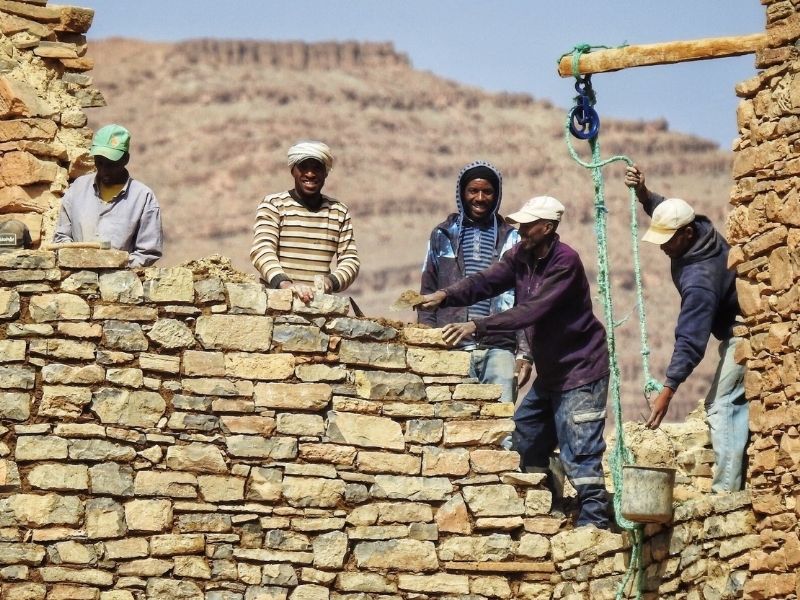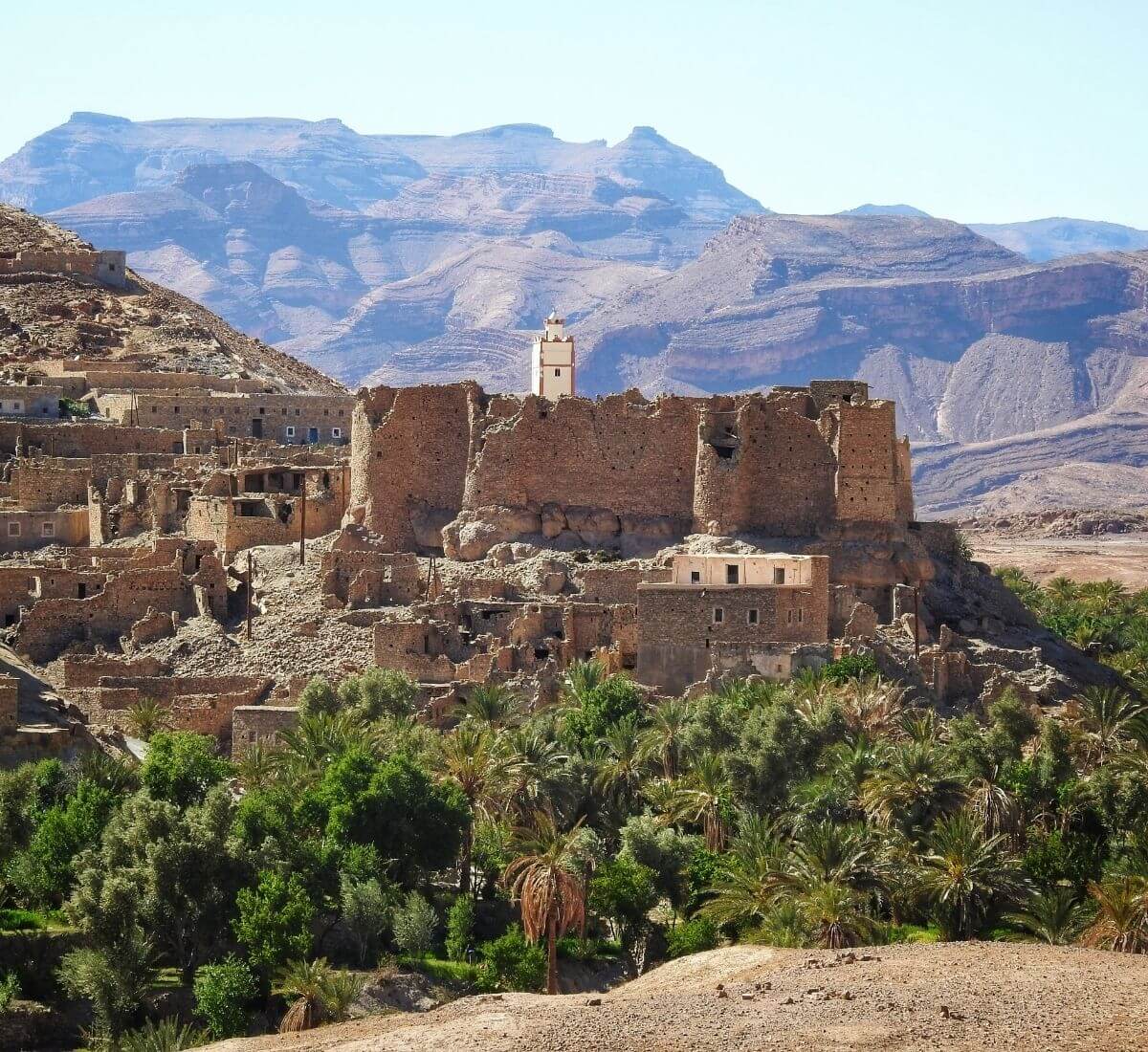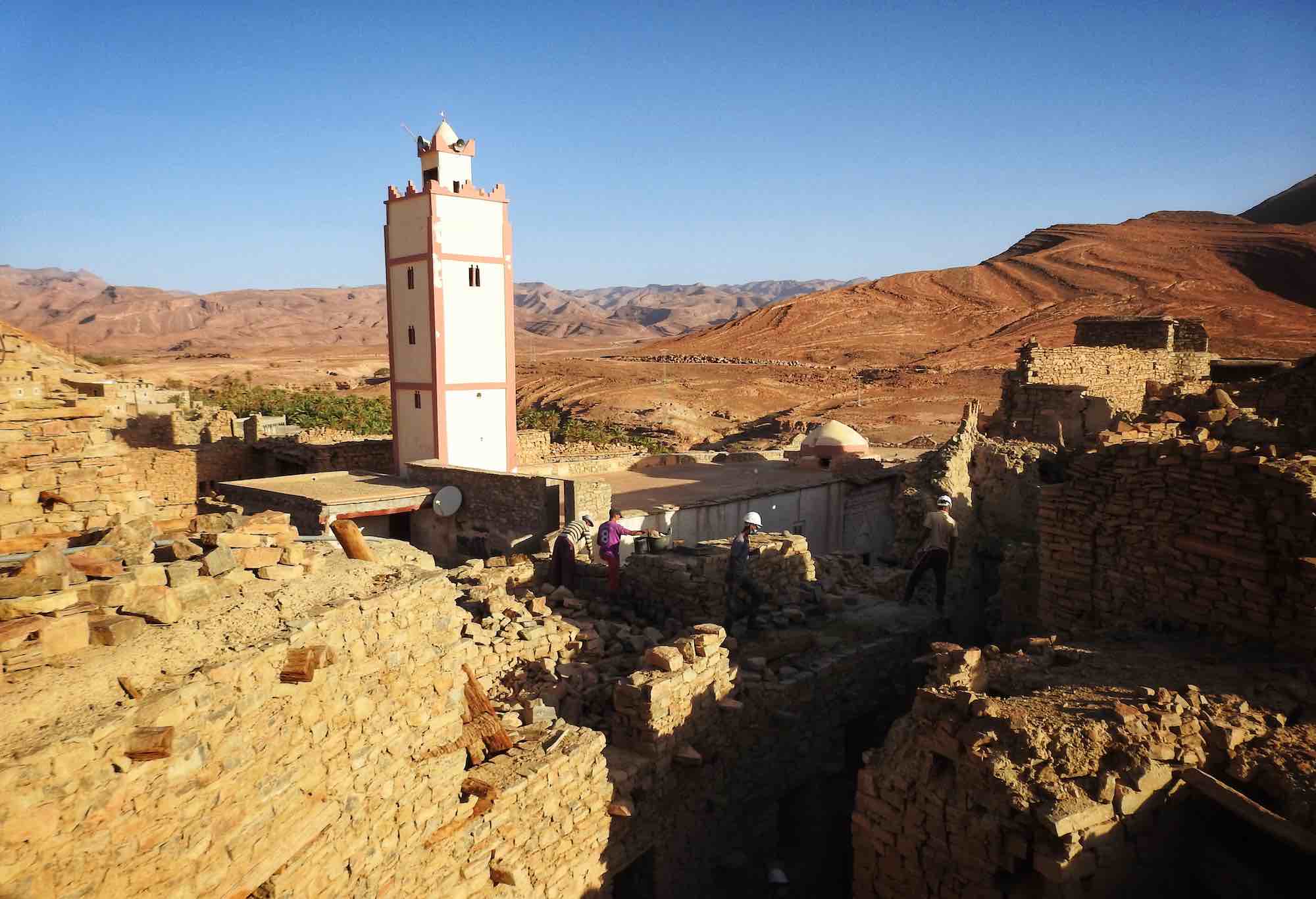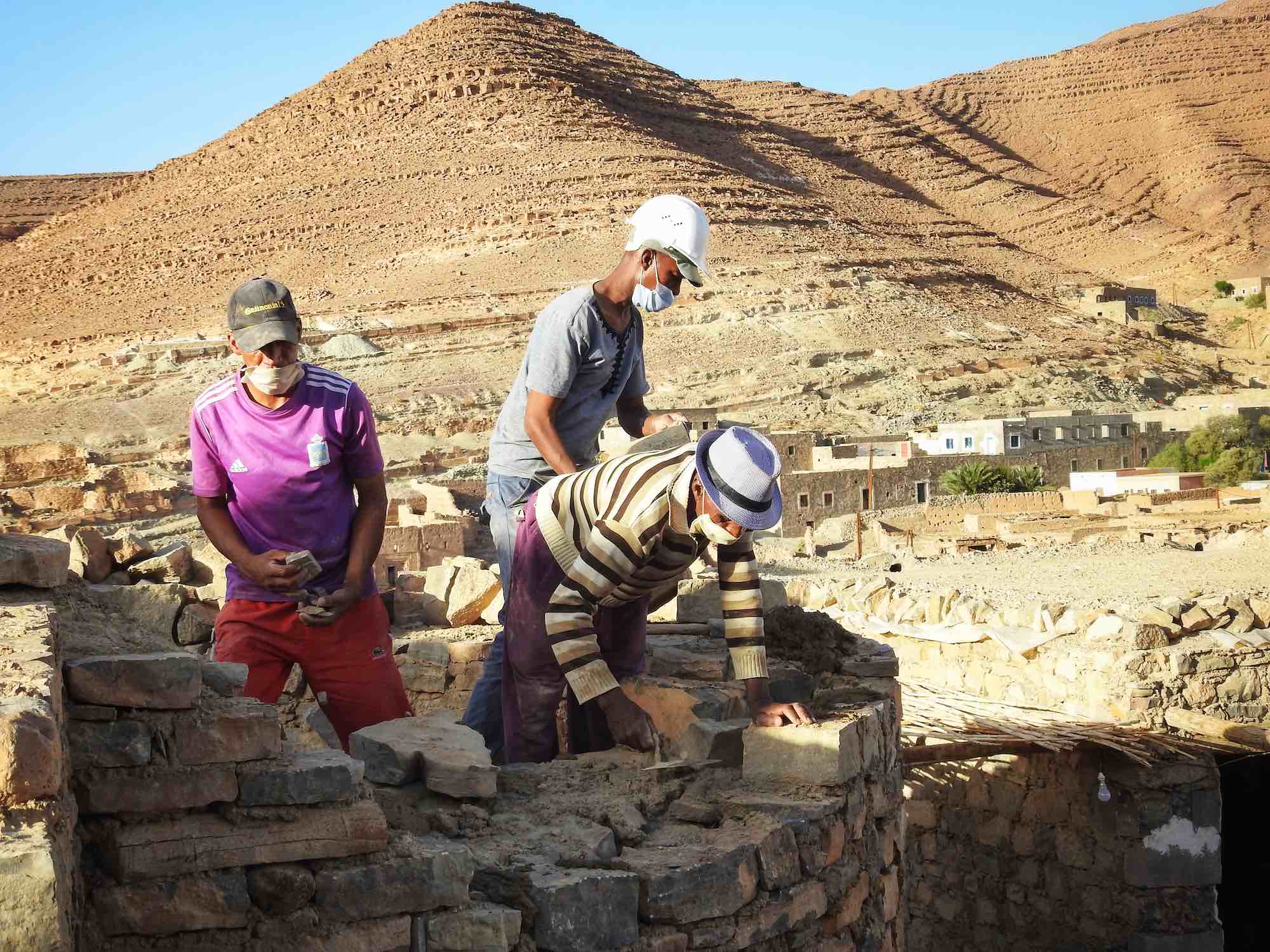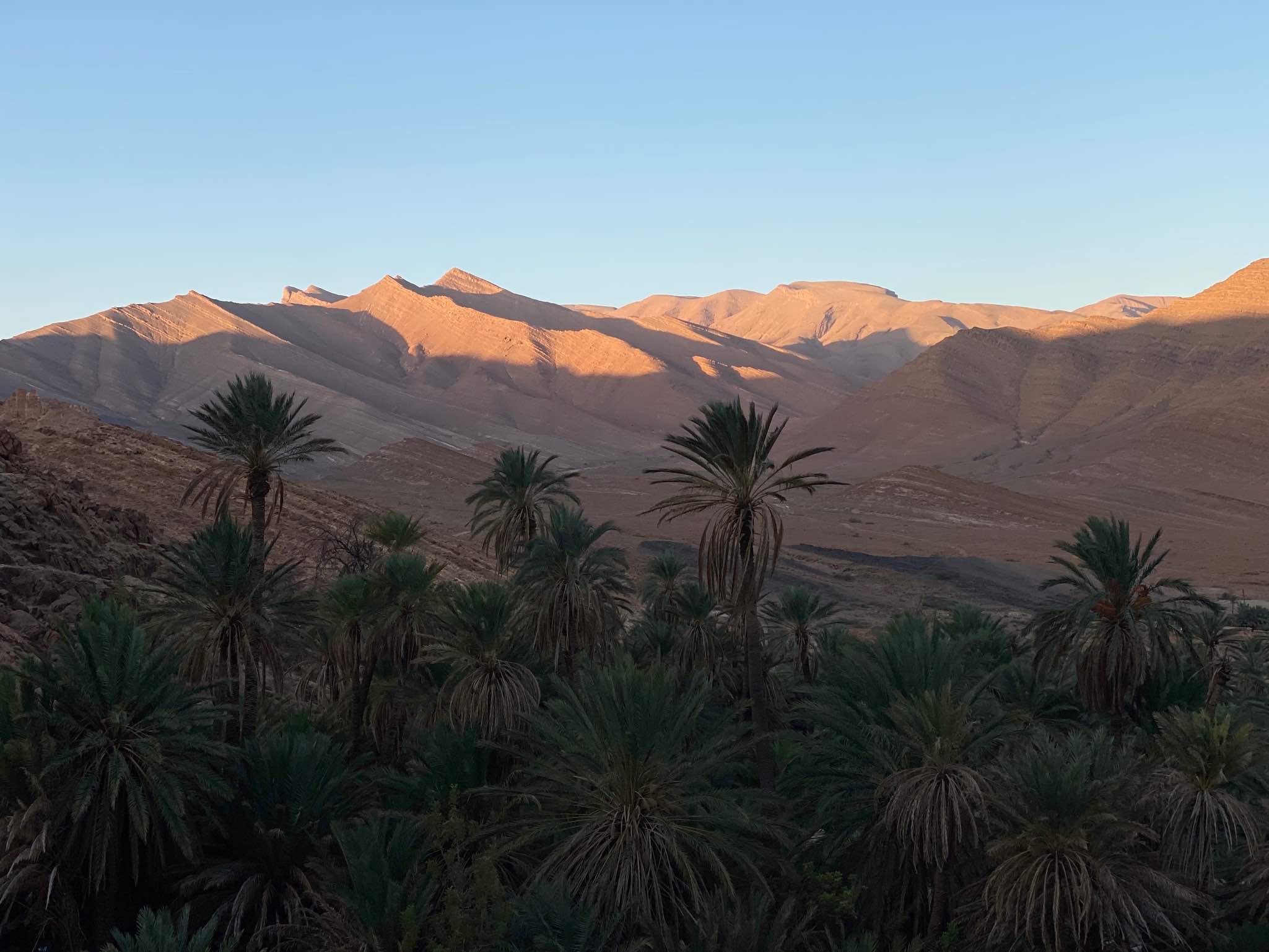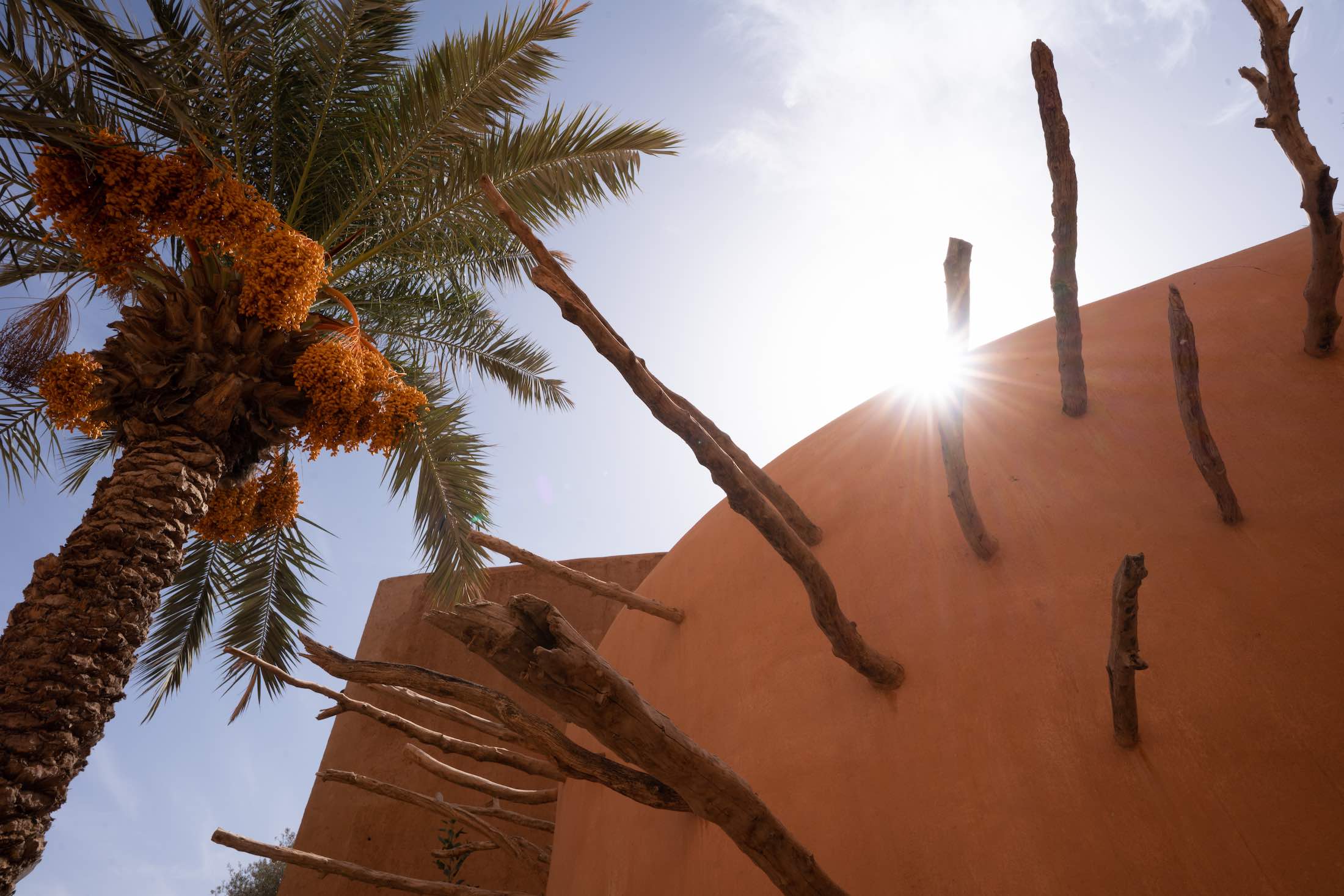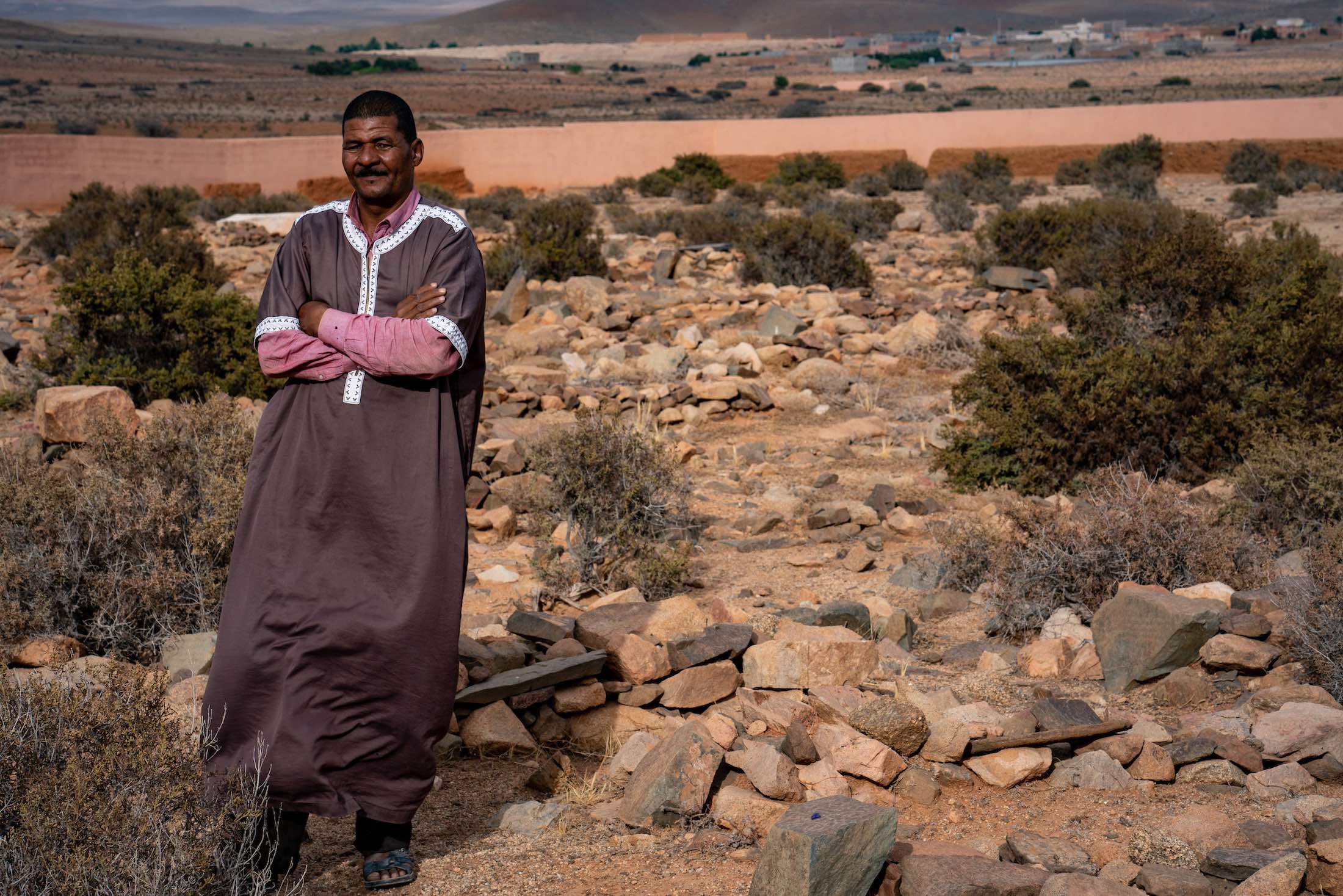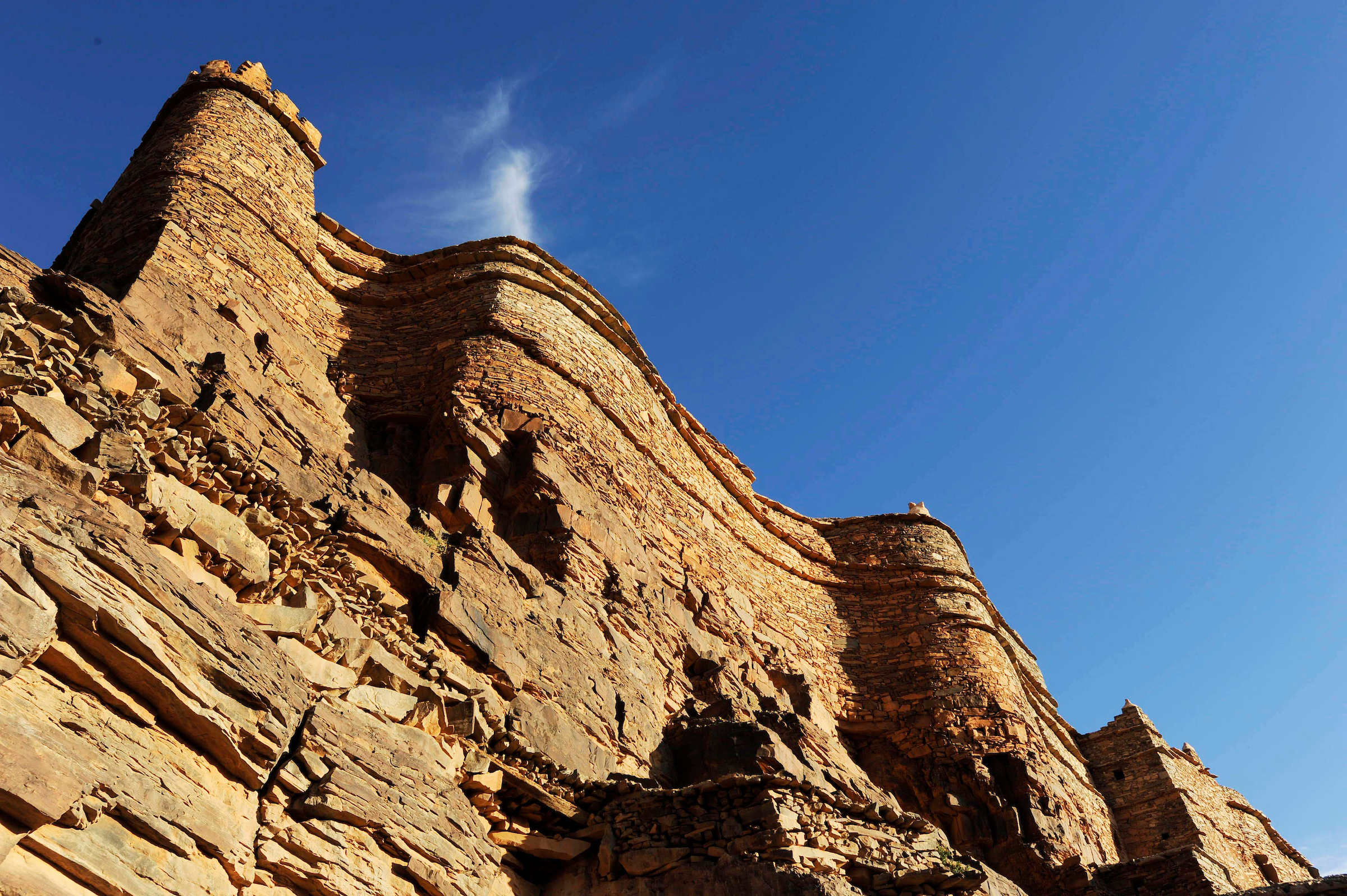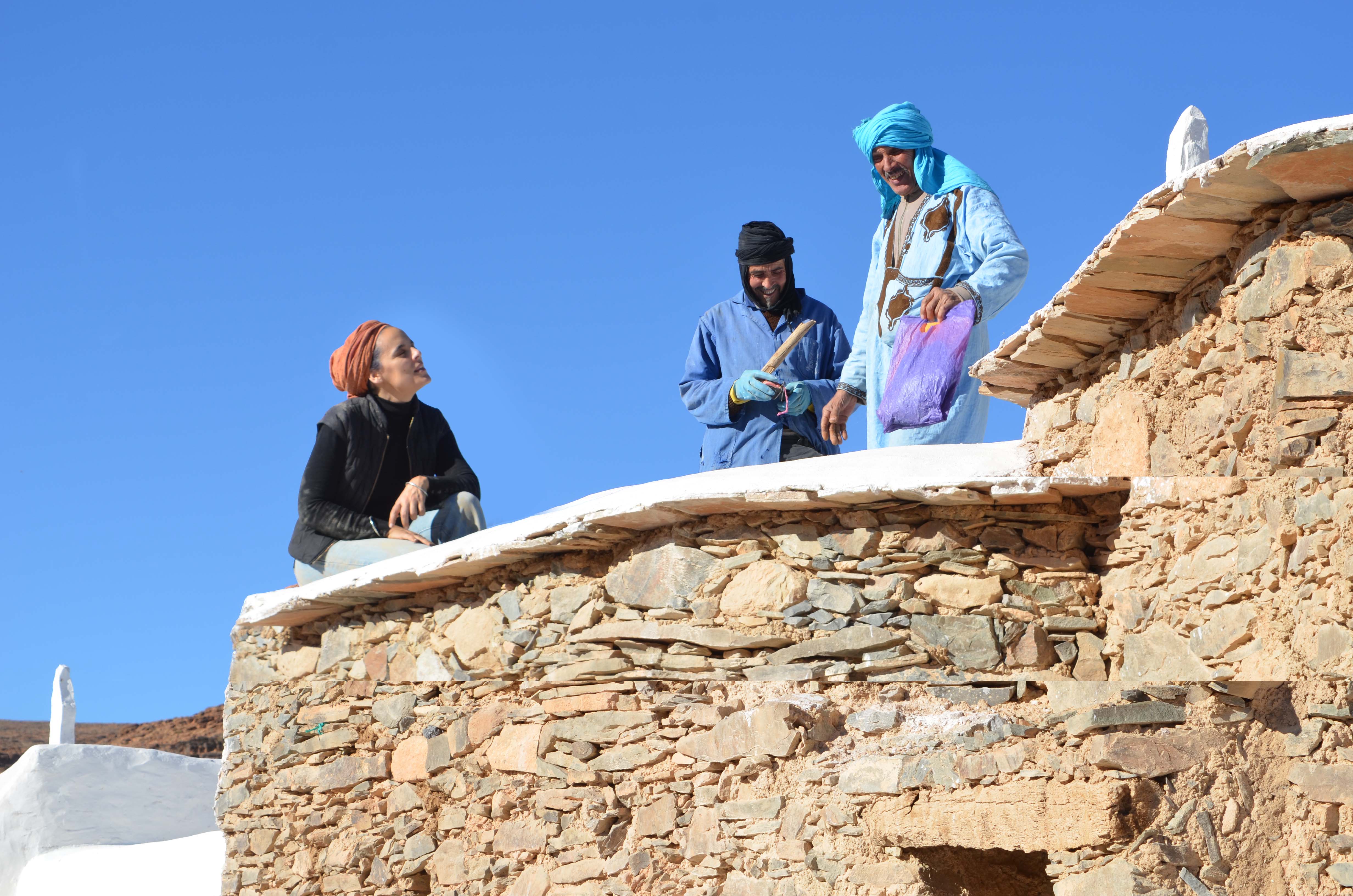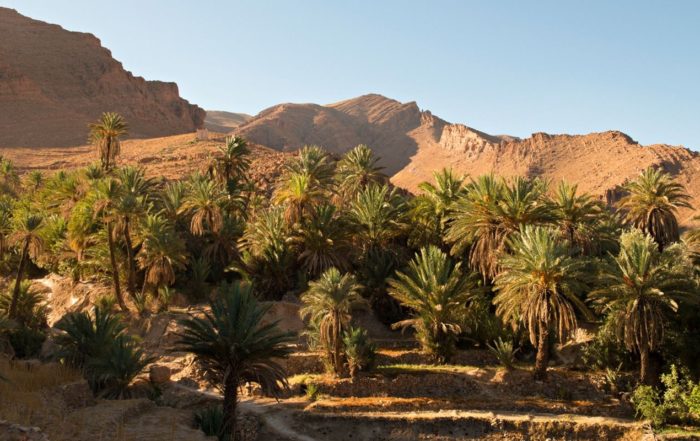Collective Granaries, Morocco
Combating desertification and rural depopulation by restoring ancient networks of community solidarity
Along the Anti-Atlas Mountains in Morocco’s far south, sun scorched flatlands rise to jagged mounds of striated earth. For centuries, the Amazigh nomadic people chiseled agadir (‘granary’) like the two in Amtoudi, agadir Aguellouy and agadir Id Issa, into these towering red rocks.
An enduring culmination of the social and technical innovations of these so-called Berber tribes, igoudar (plural of agadir) were originally built to protect their wheat, dates and spices as well as silver, jewels and carpets from floods, bandits and tribal clashes. Carved directly into the rock face, these deep storage caves were sealed with colossal metal locks on dense palm wood doors.
Over time, igoudar evolved as communities in the Anti-Atlas organized around this institution that permeated Amazigh civilization, from Libya to the Canary Islands. These granaries held a community’s yearly harvest, which gave rise to bustling marketplaces alongside. In the most uncertain of times, igoudar served as unassailable fortresses to weather the storms of tribal conflicts or interfamilial squabbles.
Today this ancient practice lives on only in Morocco’s Souss-Massa region.
Resistance against French colonization impacted Amazigh inclusion in state infrastructure development and the tourism economy. In fact, Amazigh heritage was not even recognized as a part of Moroccan heritage until 2011. This remote region continues to suffer from lack of investment and economic opportunities, leading to mass emigration. Amidst diminishing diversity, these unique historic landscapes are at risk, as are cultural identities and rural community cohesion.
As igoudar remain a powerful symbol of Amazigh societies while the individual buildings demonstrate the genius of local builders, Global Heritage Fund joined in a five-year project to conserve these communal granaries along with the Souss-Massa regional council and ANDZOA, the local development authority of the government of Morocco. The granaries conservation project, centered on restoring the material and intangible heritage of Amazigh communities, commenced with five pilot igoudar of varying architectural and historic characters.
Dr. Salima Naji spearheads our efforts here. Her groundbreaking work on the preservation of sacred earthen buildings and collective oases in southern Morocco was recognized with the Aga Khan Award for Architecture in 2013, among many international honors and accolades.
Some images courtesy of Amar Grover, David Goeury, Salima Naji, and Steve Johnson


